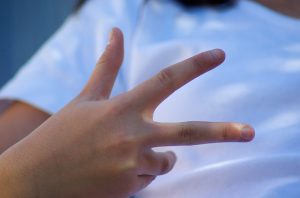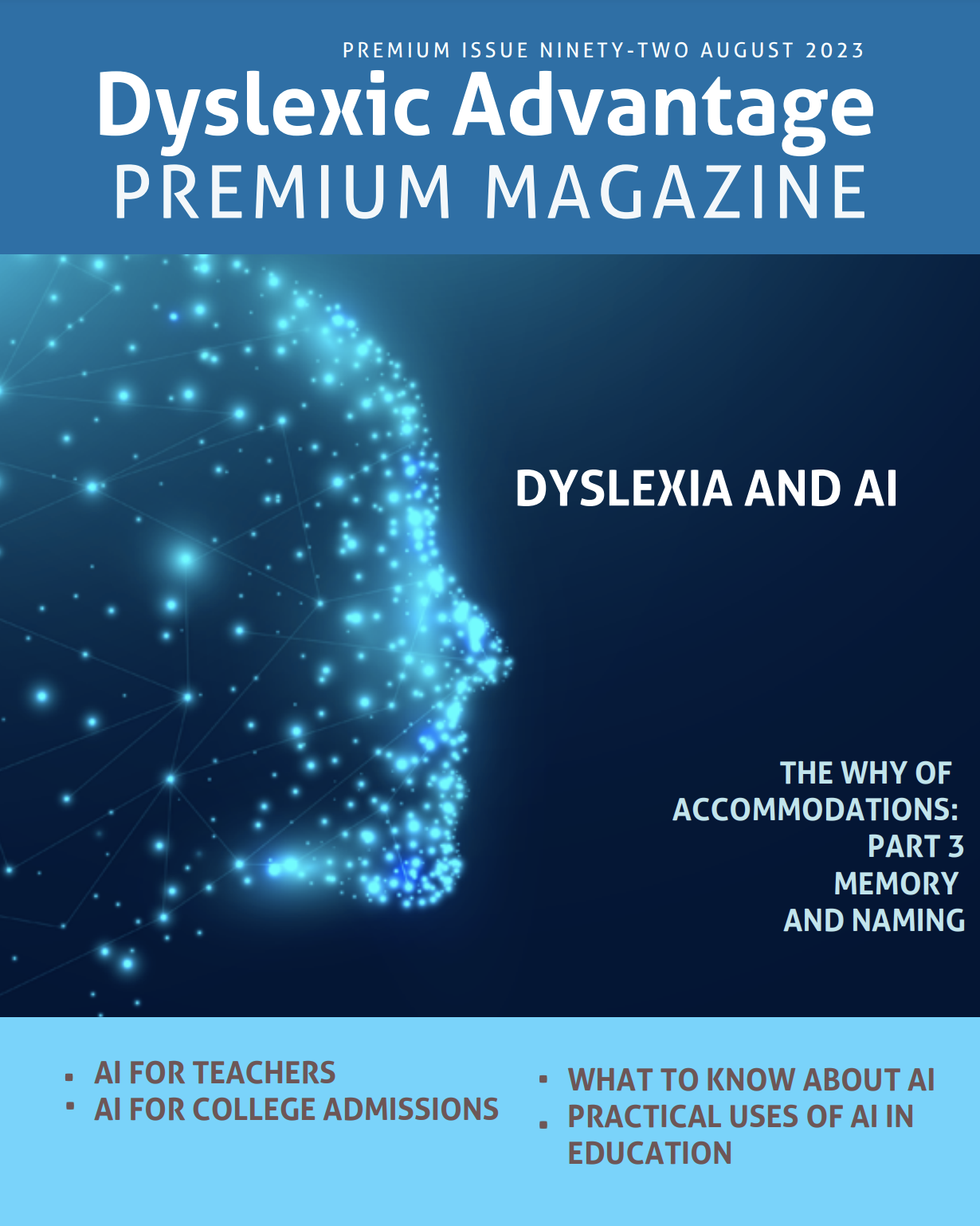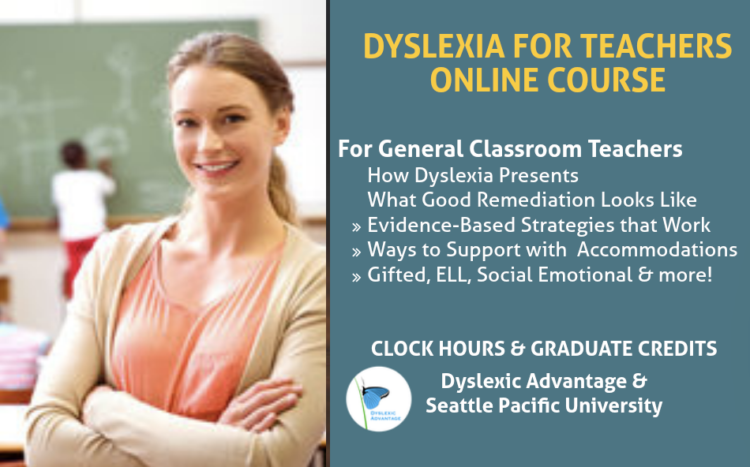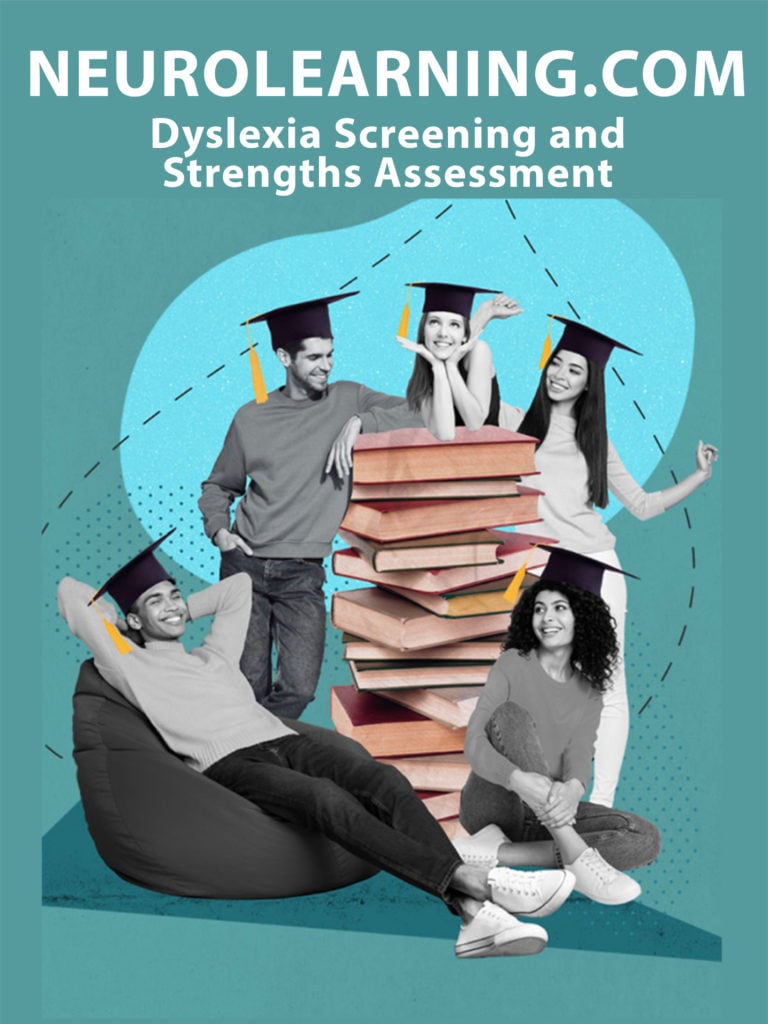 The researchers found that when 8-to-13-year-olds were given complex subtraction problems, the somatosensory finger area lit up, even though the students did not use their fingers. This finger-representation area was, according to their study, also engaged to a greater extent with more complex problems that involved higher numbers and more manipulation. Other researchers have found that the better students’ knowledge of their fingers was in the first grade, the higher they scored on number comparison and estimation in the second grade. Even university students’ finger perception predicted their calculation scores…
The researchers found that when 8-to-13-year-olds were given complex subtraction problems, the somatosensory finger area lit up, even though the students did not use their fingers. This finger-representation area was, according to their study, also engaged to a greater extent with more complex problems that involved higher numbers and more manipulation. Other researchers have found that the better students’ knowledge of their fingers was in the first grade, the higher they scored on number comparison and estimation in the second grade. Even university students’ finger perception predicted their calculation scores…
Evidence from both behavioral and neuroscience studies shows that when people receive training on ways to perceive and represent their own fingers, they get better at doing so, which leads to higher mathematics achievement. The tasks we have developed for use in schools and homes (see below) are based on the training programs researchers use to improve finger-perception quality. Researchers found that when 6-year-olds improved the quality of their finger representation, they improved in arithmetic knowledge, particularly skills such as counting and number ordering. In fact, the quality of the 6-year-old’s finger representation was a better predictor of future performance on math tests than their scores on tests of cognitive processing.
Too bad that “Many teachers have been led to believe that finger use is useless and something to be abandoned as quickly as possible.”
Sometimes what comes naturally is right. Thanks Dr. Jo Boaler. To hear more from her about math watch the webinar she gave us.
Reference: The Atlantic















I had read an article about finger discrimination on Youcubed and gave the following response on that site. I would like to know what others think too. It seems to me that there is a difference in finger counting and finger discrimination.
I found this article interesting and the connection between finger discrimination and math abilities compelling. Interestingly, I have noticed that the students I work with who struggle the most with math also have trouble showing a number of fingers automatically, often using the other hand to count their fingers or needing to look as they figure out how many fingers they are holding up. (I have also noticed that students with difficulties in math frequently show a lack of conservation understanding which makes it difficult for them to understand that 10 + 4 = 9 + 5. I have asked them, “Can I do that? Do I have the same number of chips if I move this one over here?” And they answer, “No.” but this is a different topic to explore.) I had read about the relationship between finger discrimination and math abilities but had not seen any suggestions for helping students improve in finger discrimination before. I am am intrigued by the idea of helping students gain finger discrimination. Especially if it will then help with their math.
I think visualization is important in math but I think there is a difference in “math hands” and finger counting. I tell my students that they already know how to finger count and with me they are going to work on building new pathways and that we are going to look for patterns and relationships in our math. It does not seem to me that finger counting lends well to looking for patterns and relationships as it is relying on one to one counting. One of the biggest drawbacks I see to finger counting is the frequency with which the students miscount. When they make mistakes finger counting there is nothing to help them figure out if they are right or not. I have had many students argue an incorrect answer exclaiming that they know it is right because they counted. I also don’t see finger counting leading to math fact knowledge. They need to count the same problem over and over. I have sat with middle school students who count most multiplication facts and then the addition in a multi-digit multiplication problem with many counting errors resulting in a long, repetitive process and an incorrect answer. It seems it would be better to give them a number line to count on as that is also giving them a visual tool.
Math hands can be a wonderful, handy visual tool. You can see that 5 is made of 1+1+1+1+1 and that when you have 3 fingers up you have 2 fingers down, when you have 4 fingers up you have one down. The 5 pluses are key to learn and I both flash my math hands at them or ask them to show me, for example, 8 with their math hands. When these are known you can use “copy me” to learn doubles. Doubling 1-5 does not seem too troubling for most students but doubling 6-9 does. I ask them to make 7 with their math hands, I make 7 with mine and we match the hands with two fingers and the hands with 5, noticing that we are now doubling 2 and doubling 5 which gives us 4 + 10. For awhile students will make the number with their math hands, mentally double each hand and then add to get the double. This does seem to lead to compression or a mental picture as they do stop needing to look at their hands to double the number. In addition to partners to 5, hands a great for seeing partners to 10, but noticing that you have 4 fingers down when you show 6 fingers is different than saying 6 and counting up to 10 and then seeing how many fingers you counted. Math hands are also great for skip counting by 10’s and representing a number as the number of tens and ones. Ten frames are valuable for this too.
I do a lot of work with math hands, subitizing, 10 frames and number lines. After using these to teach students their doubles and adding single digits by making 10 (after doing some exercises to establish conservation) I have had many students comment that they can do this now because they can see it in their head. Some students even say, for example, “Adding 6 + 8 is easy now, I have hands in my head.” These are unsolicited, spontaneous comments that I never heard when they were finger counting. I also find there are other ways we can help with visualization. When a group of students were having trouble using the make ten strategy when doing 8 + because they were having trouble taking 2 from the other number I made patterns for each number by drawing circles on paper. For example 7 was represented by the typical dice pattern for 5 and then two more circles, 3 was a triangle. I colored two circles one color and the other circles another color. The students would look at the pattern, say the amount then jump on the two circles while saying minus 2 and then say how many were left. A few trips on these and they all had the subtraction in their minds. (They were all having trouble with counting back two although we did also explore that and look at it on the number line.) I use an idea from Chris Wooden, Landmark School, MA for using the clock to teach multiples of 5. I had done this before but the students relied on looking at the clock. Chris’s idea was to give the students a mental picture by picturing standing in the middle of the clock and then pointing to 12, 3, 6 and 9. Then the number of minutes at each of these of these is established and the related multiplication fact determined. From these benchmark,s students can figure out the neighboring facts. One girl told me that the times 5’s were easy, she had a clock in her head (this after first telling me that the 5’s were easy and then incorrectly skip counting on her fingers to get 7 x 5 = 40.)
My big takes from the article are the importance of visualization in math and the connection between finger discrimination and math abilities. If we can help students develop finger discrimination through exercises aimed at that and have this then improve their math I think we should add these activities to the young grades. This is akin to noticing that students who struggle to read struggle with rhyming words. I also wonder if early finger games in kindergarten such as the song 1,2,3,4,5 I caught a fish alive… as they count up each finger would be beneficial. I think I will continue to discourage students from finger counting to do addition and subtraction. I explain to students that there is more than one way to get the right answer and that the more “pathways” they have in their mind the stronger their math mind will be. I encourage them to notice patterns and relationships and, as we explore these visual approaches, they start coming up with their own ideas of how to decompose numbers and recombine them.
What do others think?